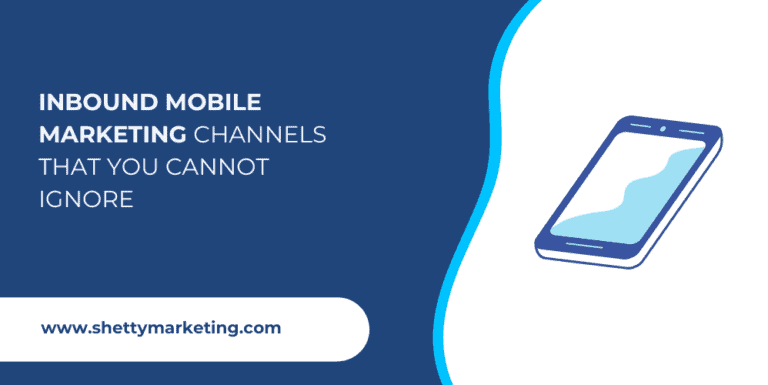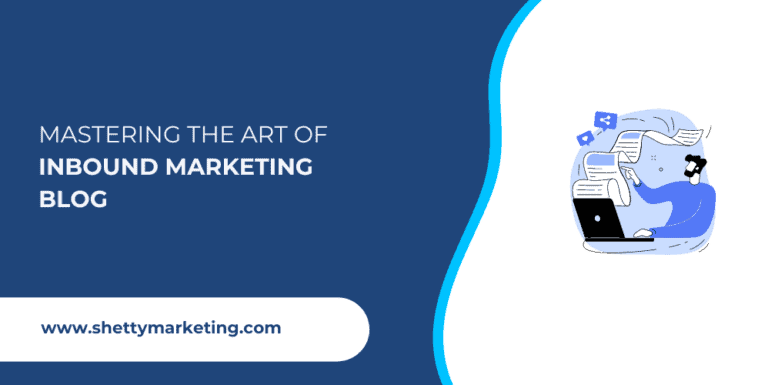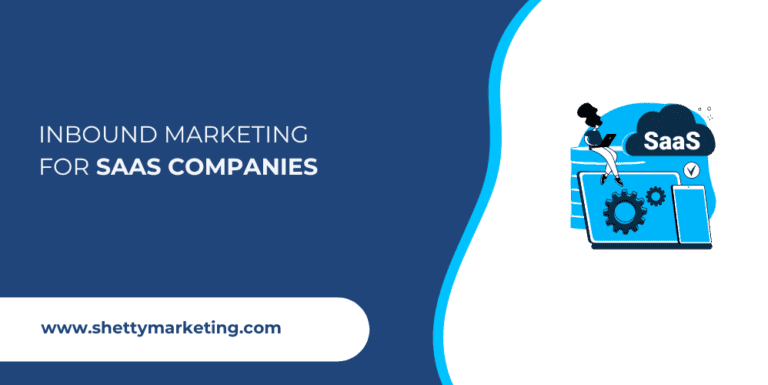Inbound mobile marketing channels are playing an increasingly pivotal role these days.
You’ve probably noticed personalized SMS, tailored push notifications, and targeted mobile ads.
How do you use it to your advantage?
Let’s discuss more about it
SMS advertising
As you navigate the world of SMS advertising, it’s important to utilize the best tools available on the market. The right tools can simplify your campaign, personalize your messages, and guarantee you’re in compliance with regulations.
Let’s explore high-quality SMS marketing tools that you should consider for your strategy in 2024.
Best SMS marketing tools to use in 2024.
Engagebay, Sender, and SimpleTexting are three top tools in the industry.
Each one offers unique advantages, from Engagebay’s all-in-one CRM to Sender’s sophisticated segmentation system, and SimpleTexting’s advanced analytics.
It’s all about finalizing the tool that best fits your specific needs and enhances your company’s mobile marketing strategy.
Engagebay
With EngageBay‘s mobile marketing, you can engage your inbound audience effectively, personalizing campaigns for best appeal.
The advanced analytics allow you to monitor and enhance your campaigns, driving better engagement and conversion rates.
It’s a power-packed tool for your SMS advertising needs
Sender
Often, when it comes to excellent SMS marketing tools, Sender stands out with its sophisticated segmentation system powered by machine learning, promising not just content suggestions, but also content refinement for best engagement.
With its ability to create complex SMS sequences for customer nurturing, Sender’s automated workflows provide a robust solution for businesses looking to enhance their mobile marketing and inbound marketing strategies.
SimpleTexting
While Sender offers a robust solution with its automated workflows, SimpleTexting comes to the fore with its advanced analytics suite, a feature that’s instrumental for measuring your SMS marketing campaigns’ effectiveness.
Its scalability caters to all business sizes, making it a top choice for mobile inbound marketing. Despite occasional lags, their customer support swiftly resolves issues, ensuring customer satisfaction.
Push alerts
Think of push alerts as your secret weapon in maintaining constant communication with your users. These push notifications, whether web-based or app-based, offer instant updates on everything from new products to exclusive news or events, all delivered straight to their mobile device, be it desktop, mobile, or smartwatch.
It’s a strategy you can’t ignore in this digitally-driven 2024.
Choosing the right push notification service is key.
Whether it’s Amazon Device Messaging, Apple Push Notification Service, or Firebase Cloud Messaging, each has its unique setup and integration process tailored for specific user experiences.
But remember, it’s not just about the service. It’s about how you use it.
Delve into your buyer’s journey. Identify those high-converting pages where visitors are more likely to opt-in for push notifications. It could be an order tracking email, a checkout page, or a page announcing a special offer. These are your sweet spots for maximizing subscriber conversion.
In-Game Advertising
Just as you harness the power of push alerts to reach your audience, in-game advertising can be an equally effective method, especially with the rise in mobile gaming across diverse demographics
In fact, 55% of U.S. females, 60% of Gen X, and 42% of baby boomers actively engage with mobile gaming apps. This broad spectrum of users gives you a golden opportunity to target specific audiences.
Remember, knowing your target audience is essential for optimizing ad placements. Consider partnering with games that align with your brand’s target demographic. This strategic move can increase the efficacy of your in-game advertising campaign.
Now, let’s talk about ad formats. Ideally, you want your ads to blend seamlessly into the gaming experience. This is where native ads come into play. They fit naturally into the game’s interface, guaranteeing a less disruptive experience for the gamer.
Additionally, including interactive elements in your ads can further engage users, making them more likely to interact with your brand. By smartly integrating these elements, you can turn gamers into valuable customers.
Mobile-specific Ad Campaigns
Shifting gears to mobile-specific ad campaigns, you’ll find that platforms like Google Ads, Moburst, and MobFox offer a wealth of tools and strategies to tailor your marketing efforts specifically for mobile users.
These platforms present an opportunity to leverage the power of mobile-specific ad campaigns, ensuring your message reaches the right audience at the right time.
The use of sitelink assets, for example, boosts online sales by linking ads directly to specific pages on your website. This not only increases user engagement but also drives up conversion rates.
Call assets are another key component of a successful campaign. By including a phone number in your ad, you can increase clickthrough rates by 4-5%, providing a direct line of communication between you and potential customers.
Adding location assets to your ad takes this a step further, displaying a map, your address, or the distance to your business. This encourages store visits, further boosting your sales potential.
Platforms like Moburst specialize in these tactics, making it easier than ever to create effective, targeted mobile ad campaigns. By embracing these strategies, you’ll maximize the impact of your mobile marketing efforts, reaching more potential customers and driving up your ROI.
What are the key differences between inbound mobile marketing and traditional outbound mobile marketing tactics?
You might think that inbound and outbound mobile marketing tactics are the same, but they’re not.
Inbound is permission-based and outbound is interruption-based, each with unique approaches, measurements, analytics, and costs.
Let’s break this down and understand these key differences.
Permission-based vs Interruption-based
Diving into the heart of inbound mobile marketing, it’s crucial to understand its permission-based nature, a stark contrast to the interruption-based approach of traditional outbound mobile marketing tactics. Unlike the latter, inbound mobile marketing respects your customers’ space and time, as they’ve willingly opted in to receive your message
Permission-based marketing ensures that your messages are only sent to those who’ve expressed a clear interest in your products or services. This way, you’re not just casting a wide net and hoping for the best; you’re targeting a specific group of people who are much more likely to engage with your brand and convert.
On the other hand, interruption-based marketing can often feel invasive. It pushes messages out to a mass audience, regardless of their interest. This approach can lead to negative customer experiences, as your messages might be seen as spam or a nuisance
Approach
While both inbound and outbound mobile marketing tactics aim to reach potential customers, their approaches are vastly different and as a result, yield differing results. Outbound tactics typically involve one-way communication such as ads or promotional messages. This method can feel intrusive to mobile users, who often view these unrequested messages as interruptions.
On the other hand, inbound marketing efforts focus on providing valuable and relevant content, effectively drawing in the audience. This strategic approach is less invasive and more engaging for the consumer, as the content is tailored to their needs and interests. It’s a matter of offering solutions rather than pushing a product.
The key difference lies in the relationship with the audience. Outbound marketing is more transactional, trying to sell something directly. In contrast, inbound marketing is relational, aiming to build a lasting connection with the consumer. This connection is established through the delivery of content that resonates with the audience’s needs and interests. The approach is less about selling and more about being a helpful resource, thereby fostering a more trusting and loyal relationship.
Understanding this distinction is essential for designing a successful mobile marketing strategy in 2024 and beyond.
Measurement and Analytics
In the arena of measurement and analytics, inbound mobile marketing holds a significant edge over traditional outbound tactics, often offering richer data for tracking and analyzing customer interactions.
You see, with inbound techniques, you’re not just throwing ads out into the void and hoping for responses. Instead, you’re crafting strategic content that draws customers in, enabling you to gather valuable insights about their behavior and preferences.
With inbound mobile marketing, your content is mobile responsive, ensuring a seamless user experience regardless of the device used. This approach allows for detailed tracking, from click-through rates to time spent on page, and provides a treasure trove of data ripe for analysis.
In comparison, traditional outbound marketing methods can seem like shots in the dark. Their scattershot approach doesn’t allow for the same level of detailed analytics, making it harder to glean meaningful insights or make informed adjustments to your strategy.
Cost
Cost is a key factor that differentiates inbound mobile marketing from traditional outbound tactics. In fact, you’ll probably find the former to be more cost-effective. Here’s why.
Inbound mobile marketing thrives on organic traffic and word of mouth. Instead of spending big on broadcasting your message to a broad, often disinterested audience (as is the case with outbound marketing), inbound strategies focus on attracting people who are already interested in what you offer.
It’s about creating valuable, engaging content, optimizing it for search, and sharing it on social media. This approach costs less and yet yields more promising leads, as it’s based on attracting customers who are already seeking the product or service you offer.
Related: Inbound Social Media Marketing: How is it Different from Outbound
Conversely, traditional outbound tactics like ads and bulk SMS can burn a hole in your pocket. They involve reaching out to consumers directly, regardless of whether they’ve shown interest in your products or not. This spray-and-pray method results in higher costs, with lower chances of conversion.
What are some innovative ways to leverage artificial intelligence and chatbots in inbound mobile marketing campaigns?
Exploring innovative ways to utilize artificial intelligence and chatbots can revolutionize your inbound mobile marketing campaigns, enhancing customer engagement and streamlining your business processes.
A personalized chatbot, for instance, can be a game-changer for customer interactions.
Start with selecting an AI-powered chatbot that fits your business, such as MobileMonkey or Drift. Integrate it with your website and social media platforms. Next, customize your chatbot to match your business tone and setup specific questions for it to ask.
Remember, these bots learn from previous interactions, so training them with frequently asked questions and responses is key.
Your chatbot can efficiently schedule calls, asking visitors for a convenient time and date. For improved efficiency, link your chatbot with your calendar. This enables automatic scheduling and confirmation sending, saving you time.
Monitor your chatbot’s performance, making necessary adjustments to enhance its responses or questions. Remember, your chatbot can provide 24/7 customer service, answering common queries and even helping with troubleshooting.
Utilizing AI and chatbots in your inbound mobile marketing campaign can dramatically improve customer service and streamline processes.
More about AI tools for marketing: How AI is used in marketing (Will it replace marketers?)
Conclusion
In 2024, ignoring inbound mobile marketing channels isn’t an option. Personalized SMS, push alerts, and mobile-specific ads are changing the game, offering unprecedented customer engagement.
Move beyond traditional outbound tactics and embrace AI and chatbots to streamline communication. Remember, success hinges on delivering relevant content and tracking customer interactions.
So, don’t just adopt these methods, master them. After all, the future of your marketing strategy depends on it.




